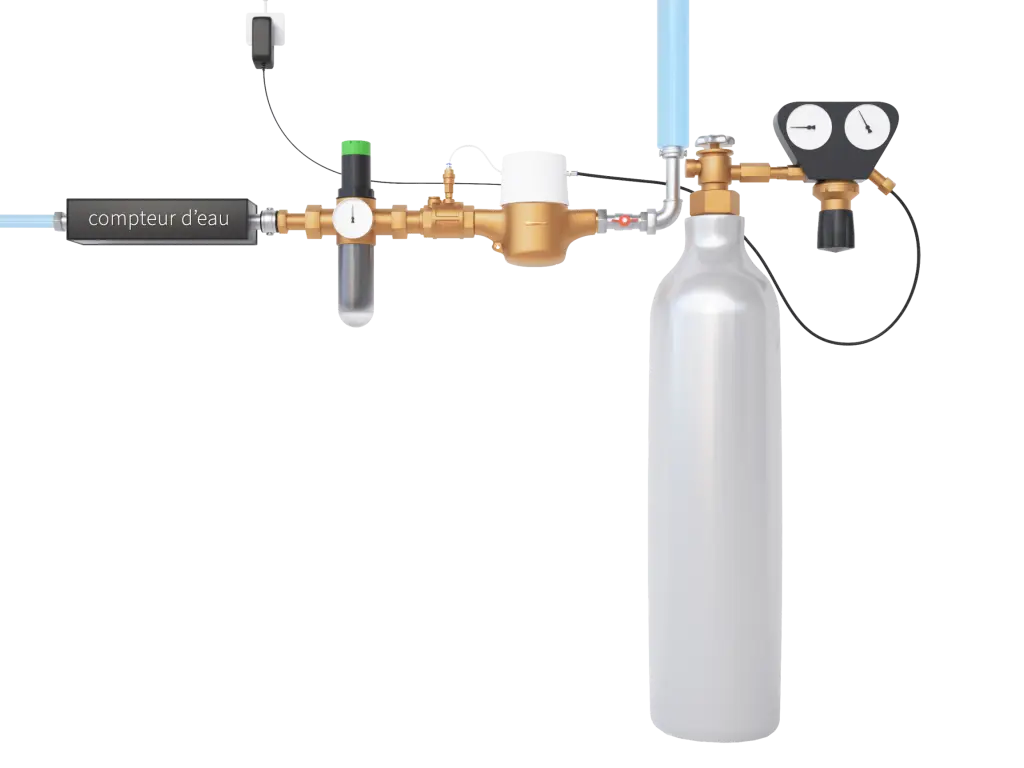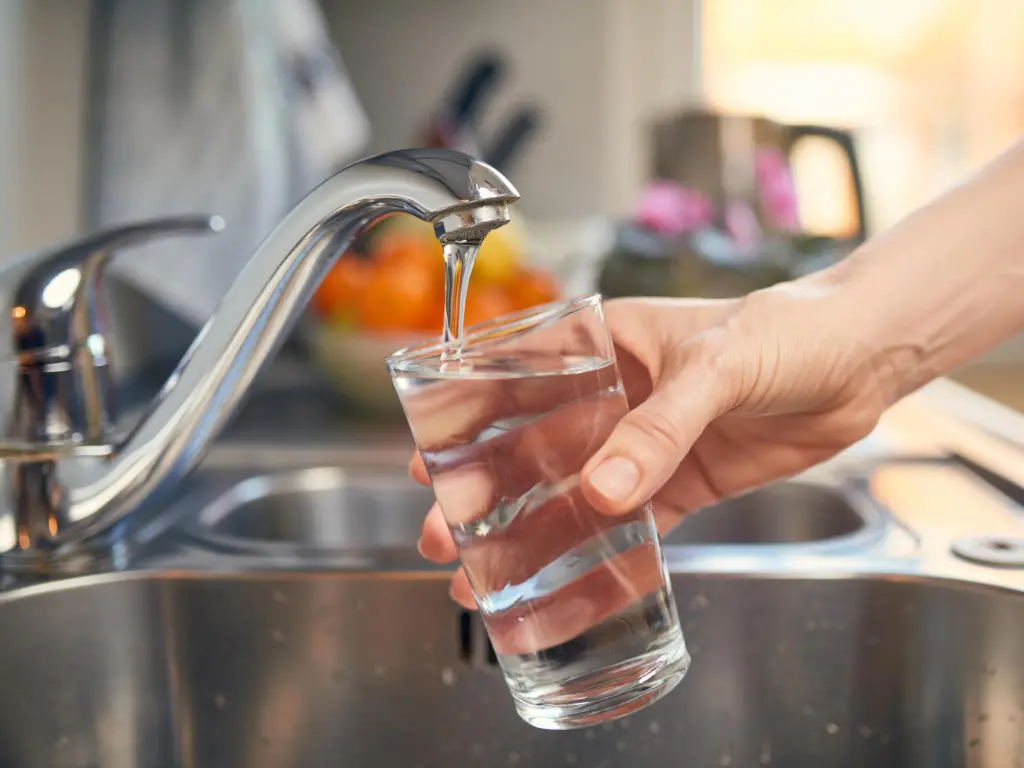Naturally soft water thanks to CO₂
SoluCalc is an economical solution for soft water.
No salt, no maintenance.
SoluCalc is an economical solution for soft water.
No salt, no maintenance.
Limescale builds up in your washing machine and other appliances, significantly reducing their efficiency.
I spend a considerable amount of time cleaning my shower, and use anti-scale products to remove stubborn traces of limescale from taps and bathtubs. They are also very expensive products that deteriorate materials more quickly.
When limescale settles directly on the resistance of my water heater, it acts as an excellent thermal insulator. This buildup causes premature wear and tear on the appliances, shortening their lifespan and reducing their efficiency.
My hair is dull, it has lost its shine, and my skin is dry. This requires me to use additional skincare products. What's more, to keep my laundry nice and soft, I have to use fabric softener, and all this comes at a cost.
SoluCalc is an innovative water softener that works with CO₂, without salt. It injects a small amount of food-grade CO₂ into the water, which transforms limescale into soluble bicarbonate, preventing deposits in pipes and appliances. Water remains drinkable, retains its essential minerals and no longer leaves white marks. Easy to install and maintenance-free, SoluCalc is an ecological and economical solution to limestone.
Do you want to find the best SoluCalc installer?
"I've been a heating engineer for 20 years, and I only install SoluCalc because it's a quality product. It saves time because it's easy to install, and it's environmentally friendly."
Rudi V.
No waste and no plastic bottles
I didn't have a softener yet because I didn't want salt. I chose SoluCalc and I'm very happy with it, because it works with food-grade gas.
 Marc J.
Marc J.
In the past, I had a salt softener. I didn't want any more salt or regeneration. The SoluCalc satisfies me because there's no waste of water or salt.
 André L.
André L.
I have a small apartment in the center of town, and I've never had room for a conventional softener. Today, I've found the SoluCalc, a compact and ecological solution.
 Lauriane M.
Lauriane M.













